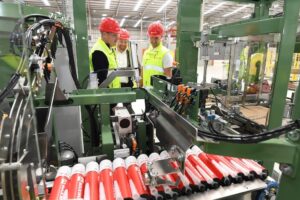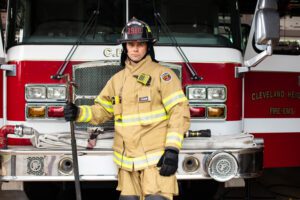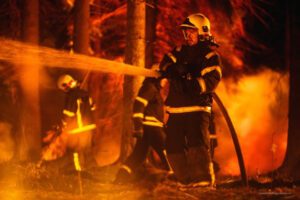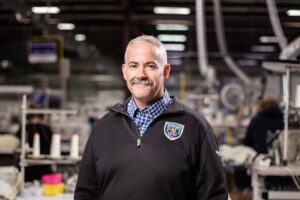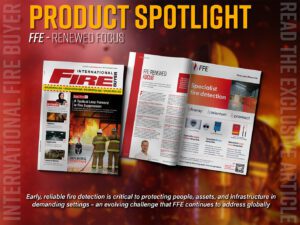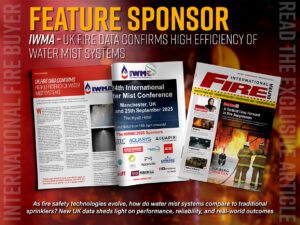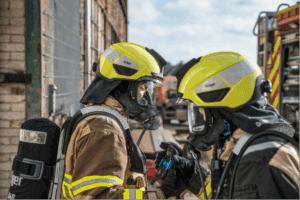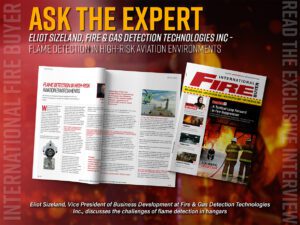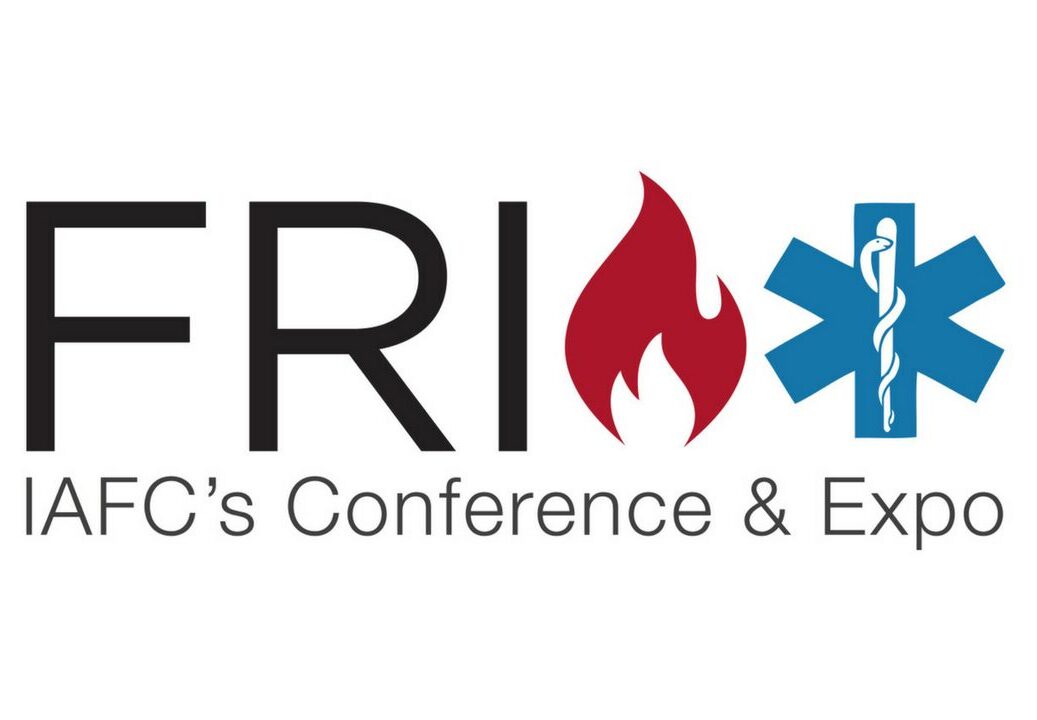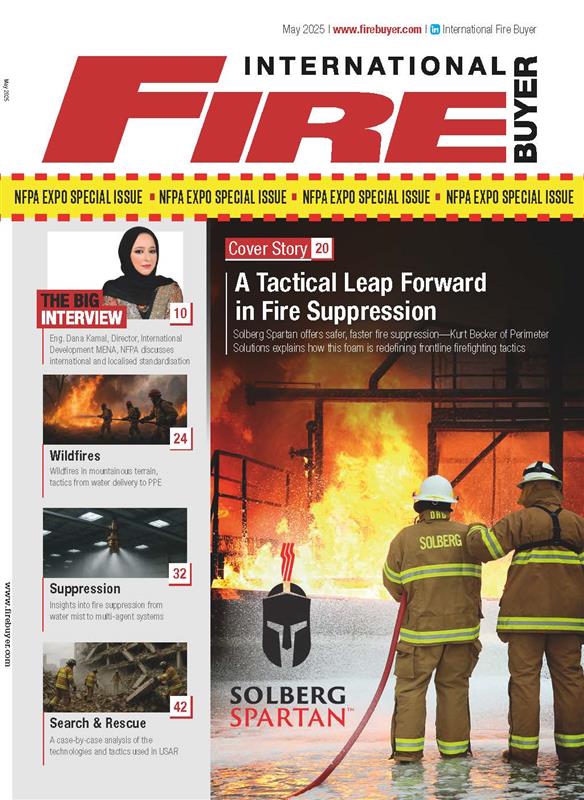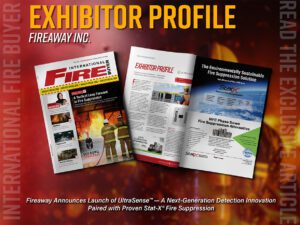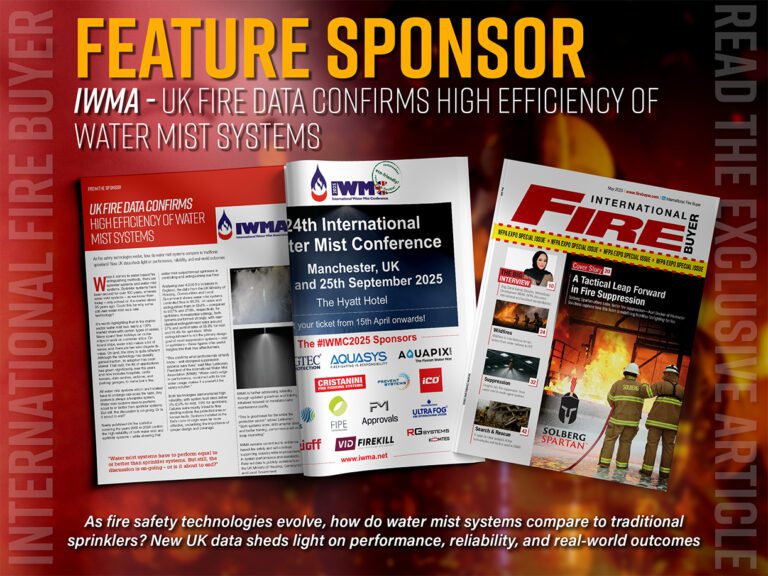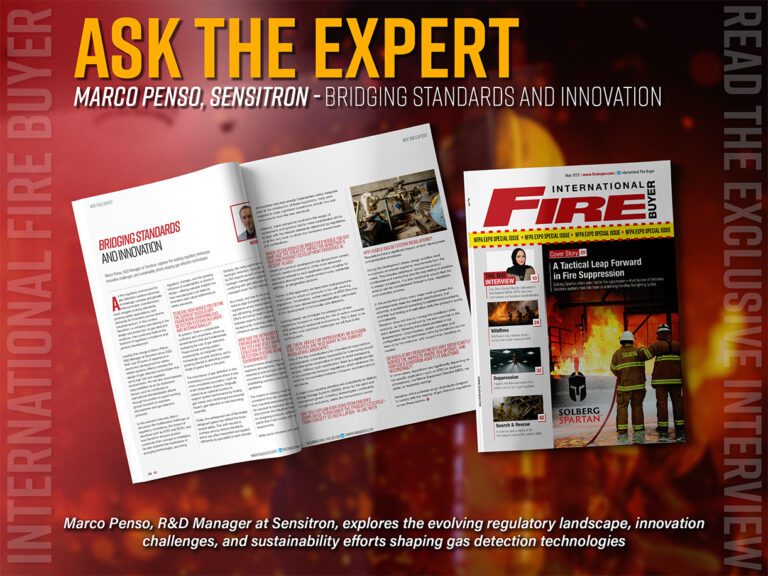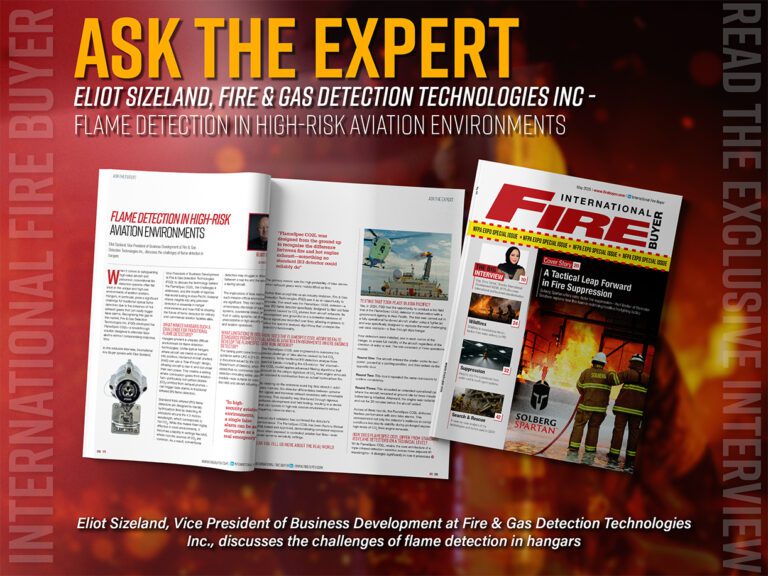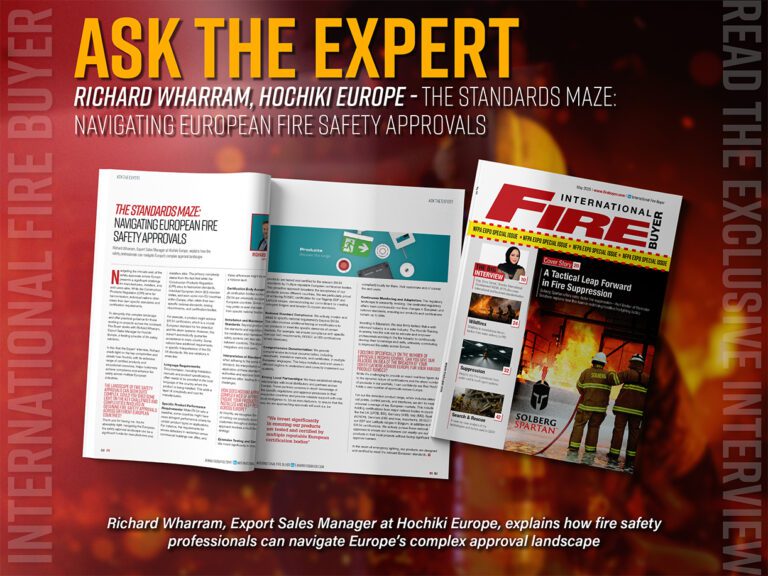
Ges Wallace, Managing Director, Evac+Chair sits down virtually with Fire Buyer to discuss the importance of inclusivity, adherence to standards and evacuation processes
Evac+Chair is the recognised global leader in stairway evacuation for people with disabilities or mobility impairments.Established for more than 35 years’, the company has a dedicated research and development team who continuously innovate to ensure people with disabilities and mobility impairments, can be safely evacuated from buildings in the event of a fire, or as a result of other emergencies.
Ges Wallace, Managing Director, Evac+Chair has 30 years’ experience in the fire and security industry, qualifying as an Electrical Contracting Engineer with an engineering background. Ges’ experience and company places him as the ideal expert to discuss evacuation processes.
How has the importance of inclusivity in evacuation grown over recent years, does it encompass more than physical disability?
It is important to recognise that everyone has the right to a quick, safe means of escape from any commercial building. Whether mobility impaired or able-bodied, we could all experience circumstances in our life time when it might be more difficult to exit a building in an emergency. Grenfell sadly has highlighted the need for a more inclusive approach to the evacuation of the mobility impaired, the tragic incident resulted in 71 deaths including more than 20 who had a mobility impairment. It’s sad, but so often true, that we have to wait for a disaster to occur before we look at legislation and make improvements for a safer environment for us all. Evacuation is for everyone, including the most vulnerable.
Historically, protest groups including the Direct Action Network, campaigned for the civil rights of disabled people and to end discrimination. Overall, more than 100,000 people took part in protests in some way, which included demonstrations outside the houses of Parliament. There were 14 attempts to push civil rights legislation for disabled people through Parliament between the early 1980s and mid-1990s.
In 1995, the Disability Discrimination Act (DDA) was finally passed. It made it illegal for employers and service providers such as shops and restaurants to discriminate against someone because they were disabled.
Undoubtedly, there is also a need for evacuation chairs due to the increased age of the workforce. An ever-growing proportion of the workforce is over 65, and accommodations need to be made in light of this. One estimate shows that one third of the total UK workforce is over 50, among whom will undoubtedly be many mobility-impaired. In addition to this, it is already the case that nearly 7 million UK citizens of working age are disabled. These demographic factors must be considered, when we strive for the means of evacuation for everyone.
Can you explain how your solutions benefit the mobility impaired?
Our Evac+Chair has been proven to provide the safest, quickest means of escape for the mobility impaired. We have been manufacturing the Evac+Chair for over 35 years and have made several design changes over the years to make the current Evac+Chair Mk5 the safest means of escape for those not able to follow procedures, which are often written without the mobility impaired in mind.
The paper (“An analysis and numerical simulation of the performance of trained hospital staff using movement assist devices to evacuate people with reduced mobility”. Aoife Hunt, Edwin R Galea and Peter J Lawrence – Fire Safety Engineering Group, University of Greenwich, London UK) describes work undertaken to quantify the performance of trained hospital staff in evacuating people with reduced mobility. Data was collected from 32 trials in which a test subject was evacuated through 11 floors of Ghent University Hospital using four commonly used movement assistance devices; stretcher, carry chair, evacuation chair and rescue sheet. Presented in the paper are performance results for both male and female assist teams, including device preparation time, horizontal speeds, vertical speeds and overtaking potential in stairwells. The data forms the basis of the device performance evaluation presented in the paper.
With Covid-19, has evacuation and fire assessment processes been more difficult with government restrictions?
During the pandemic this of course has been made all the more difficult. Evac+Chair have worked continuously taking every precaution possible to carry out our Evacuation Surveys in person or where this has not been possible, virtually. Ensuring that we can all escape in an emergency is vital whether in a pandemic or not.
How do you ensure innovation in a continuously evolving market?
Our biggest assets for continuous improvement are our customers and staff, we spend many hours listening to their views and particular issues which very often result in future enhancements, features and improvements to our range of chairs. We have been doing this for over 35 years’, we first produced an evacuation chair in 1982, the principle of which was invented by David Egan. The Evac+Chair was invented with the specific aim of helping to save the lives of disabled people in an emergency and has earned its place in the 9/11 Memorial Museum in New York for doing just that.
David Egen designed the chair for his wife, who had polio as a child, after she had needed to be evacuated from the 38th floor of a building in Manhattan, New York. He realised the urgent need for a dedicated piece of lifesaving equipment for disabled people to enable them to be easily evacuated from tall buildings. He wanted to develop a hybrid of a cart, stretcher and chair that could go downstairs easily and be controlled by one person.
How important is it for organisations to ensure that everybody in their building has the ability to escape successfully?
Everyone should have the right to a safe exit from a building including the most vulnerable. Providing the most appropriate evacuation chair for a building environment is often not straightforward and so we recommend an evacuation chair site survey, this is something that we have been doing with our expert consultants, free of charge for more than 35 years.
We would also recommend that every commercial building carries out a Fire Risk Assessment using a qualified NEBOSH Fire Risk Assessor using PAS 79. This should also involve the creation of a PEEPS (Personal Emergency Evacuation Plan) and/or GEEPS (General Emergency Evacuation Plan).
How do you ensure the quality of products and their adherence to standards?
We have our own in-house research, design and manufacturing capabilities. We also employ over 20 people on the road servicing, carrying out evacuation surveys and training clients on the appropriate deployment and use of the chair, this resource provides invaluable input into the quality and reliability of our range of Evac+Chair products.
As a Company we actively take part in networking and continually monitor evolving industry trends. We invest heavily in product design and the latest manufacturing techniques, we also have a vertical supply chain including our own textiles and powder coating businesses based in Telford and West Bromwich respectively.
Anything else to note?
It is our mission to drive innovation in evacuation and campaign for legislation to provide the quickest and safest means of escape from every building worldwide for every occupier.
Twickenham Stadium Rolls- of Evac+Chair Training
Home of England Rugby and the biggest dedicated rugby union venue in the World, Twickenham Stadium welcomes millions of visitors every year. The health and safety of both its visitors and employees is of utmost importance. This includes having procedures and products that can safely and quickly assist in the emergency evacuation of the mobility impaired, should the need arise.
Evac+Chair are proud to have been selected to supply evacuation chairs to the stadium. While our products are relatively easy to use, we highly recommend key personnel are trained to deploy and use the chair by our expert team.
Gary Stocks, Head of Venue Operations at RFU, Twickenham Stadium; “Prior to lockdown, we had conferences and events happening seven days a week, with a large population of stewards on site daily. We regularly train our employees on evacuation plans and procedures, ensuring we have an adequate number of employees who can use the Evac+Chair. Twickenham Stadium recently welcomed a new head trainer, Victoria Savill, who is responsible for training key personnel in the deployment and use of the Evac+Chair. Twickenham Stadium signed up to the Evac+Chair Key Trainer Masterclass, training delegates to understand the fundamentals of operating the evacuation chair safely, but also allowing them to deliver training to other members of staff within their organisation”.
Victoria Savill, Venue Operations Supervisor, Twickenham Stadium; “Using the manufacturer as the training provider, rather than a third party trainer, gave me the reassurance that I would be trained to use the chair in a correct and safe manner.
“Evac+Chair were able to deliver a COVID safe on-site training course. The trainer was very informative and knowledgeable, his style put me at ease and the training course was well structured. I now feel extremely confident in training our staff and stewards at Twickenham.

